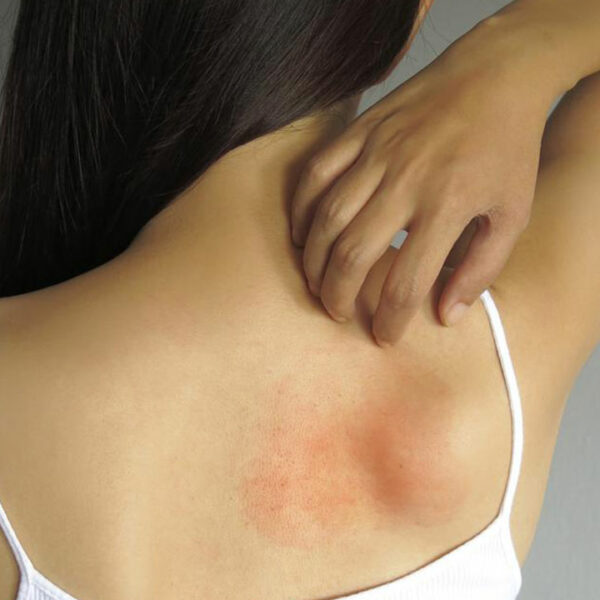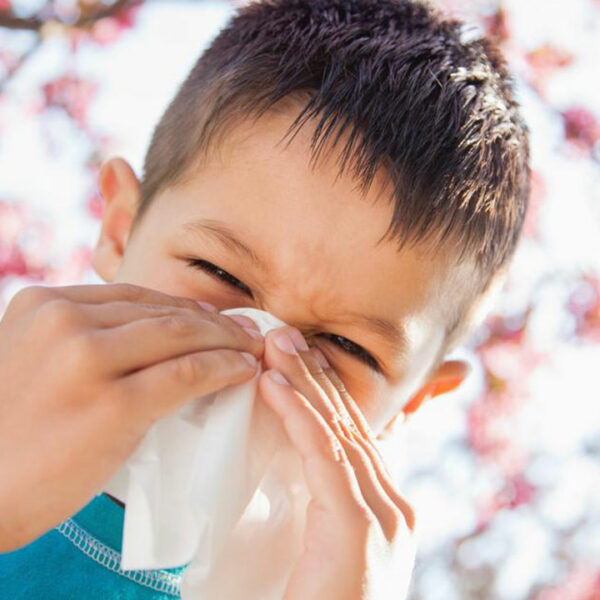
Different Types of Treatment for Chronic Bronchitis
Bronchitis is an acute condition in the respiratory system and over millions of people across the world suffer from it. Every year, health practitioners note an alarming increase in the number of patients who visit chronic bronchitis treatment centers. Bronchitis can be of two types, acute and chronic. Chronic bronchitis is also said to be a type of chronic obstructive pulmonary disease (COPD). This is a long-term disorder which can be managed efficiently with changes in lifestyle, medication, and therapy. The doctors at the chronic bronchitis treatment centers aim at providing relief to patients by treating the symptoms and slowing down the progression of the disease. Chronic bronchitis and its causes The bronchial tubes are the main lifeline of the lungs. These tubes carry air that is breathed into the lungs. Inthe case of a patient suffering from chronic bronchitis, the bronchial tubes get blocked or inflamed and develop secretions of mucus, that narrows the passage in the tubes. This disrupts the flow of air to the lungs. This shortage of air can lead to frequent coughing, which often brings up mucus. A patient is said to be suffering from chronic bronchitis if he or she has a cough several times a day with sputum production that has lasted for more than three months.









